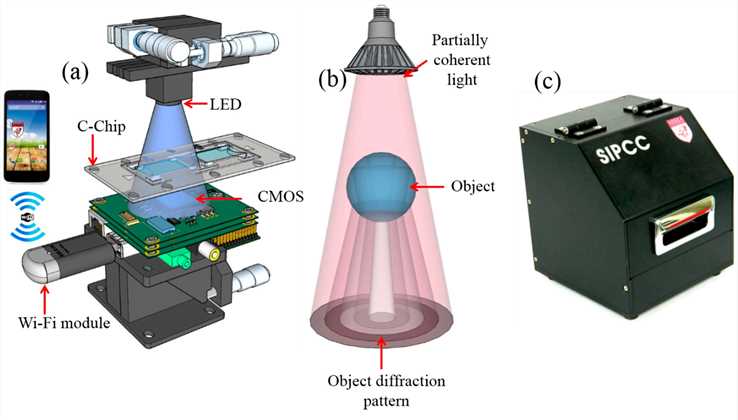Cancer Early Detection
It is well known that cancer cell surface specific antigens are a kind of important tumor markers, which is only present on the surface of the certain types of cancer cells but not for corresponding benign cells or other lines. Applying the specific binding principle of antibody and antigen, it has been proven applicable and widely utilized to detect and screen the target cancer cells through labeling them with particular antibody-coating immune magnetic-microbead or immune fluorescence-microbead. However, when the labeled cells are extremely rare, the detection is very difficult. The extremely rare cells labeled with immune fluorescence-microbead are hard to be quantitated utilizing fluorescent microscope. Flow cytometry (FC) is capable of detecting fluorescence quantitation and sorting specific cells utilizing fluorescent label probe or immunomagnetic bead. However, the equipment is expensive and complicated to operate.
Method Highlights
There are obvious differences on morphology and optical property between target cells which are labeled with immune-microbeads and other unlabeled cells. So, the lensfree partially coherent diffraction imaging technology, by which diffraction imaging and optical information can be captured and extracted, should be available theoretically. Moreover, it is a high-throughput platform because the field-of-view (FOV) is not limited by the aperture of the lens and can be extended up to tens of cm square as large as the area of imaging sensor. Besides, it is cost-effective and easy to popularize because there is no any precise optical component and complex mechanical structure. Thus, the lensfree platform is an ideal potential alternative.
Platform Introduction
Scientists proposed a high-throughput and accurate approach to achieve detection of extremely rare cancer cells in a large number of benign cells. The target cells are labeled based on molecular diagnosis. High-quality object image is obtained utilizing the proposed high-speed reconstruction algorithm and the twin-image noise is effectively eliminated. Only a single captured lensfree diffraction image is needed and there is no any repeated iteration operation. The recognition strategy is precise utilizing reconstruction results in two different focus planes and covered pixel set intersection and the detection rate has been proved the same as traditional methods.
 Fig.1 Structure and mechanism of Lens-free imaging system.1
Fig.1 Structure and mechanism of Lens-free imaging system.1
Reference
- Roy, Mohendra, et al. "Automated micro-object detection for mobile diagnostics using lens-free imaging technology." Diagnostics 6.2 (2016): 17. Distributed under Open Access license CC BY 4.0, without modification.
For Research Use Only.

